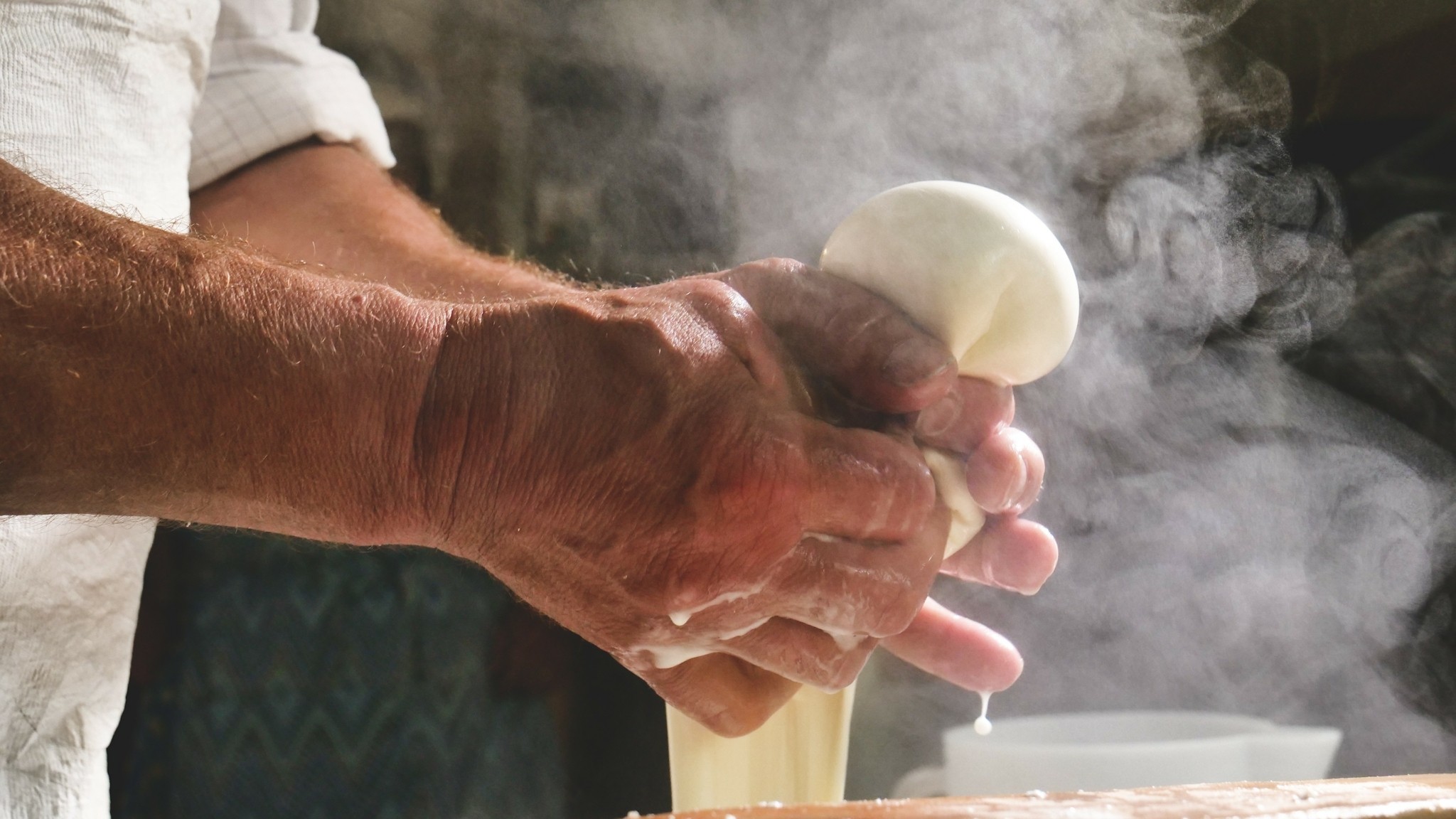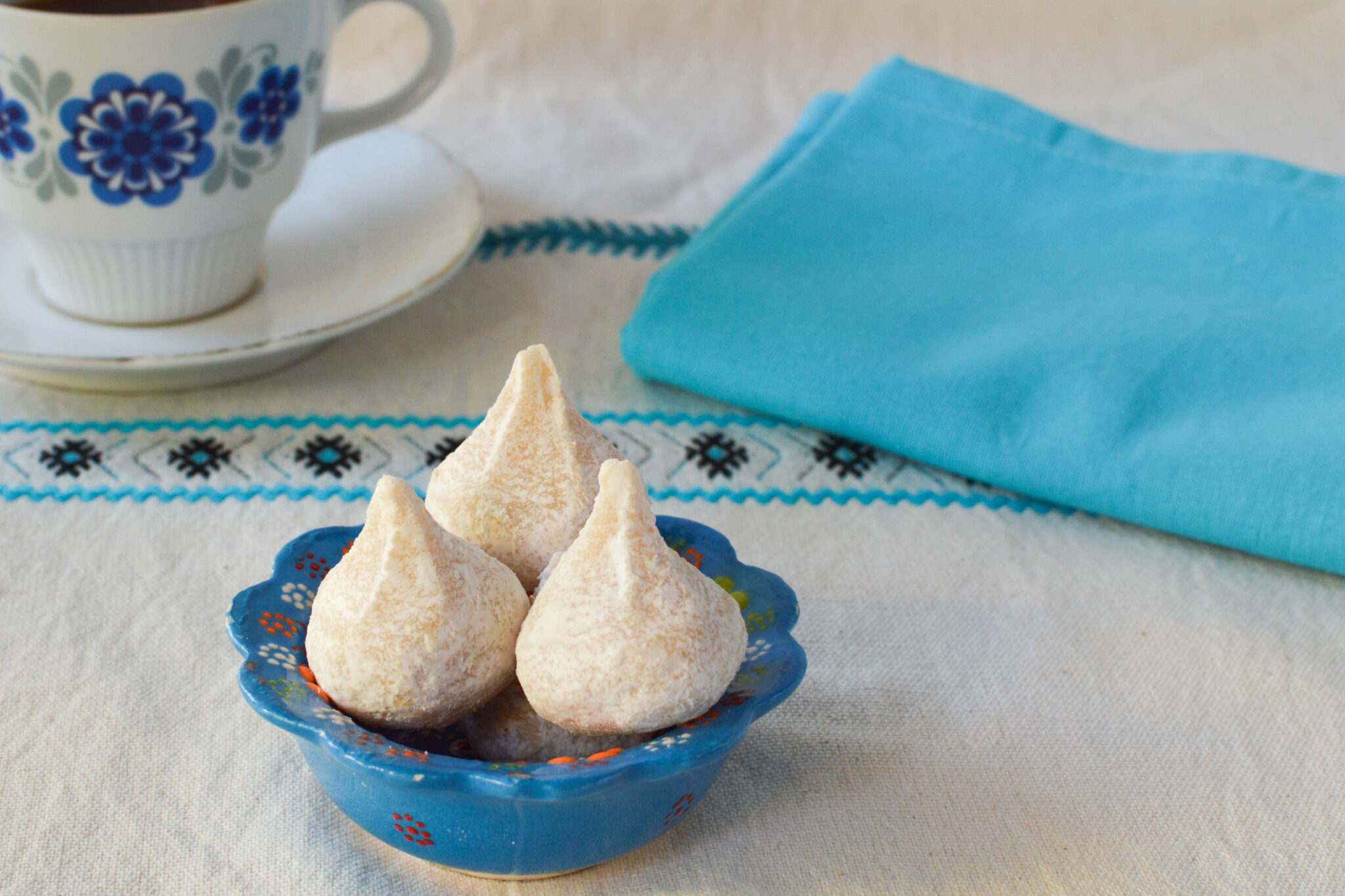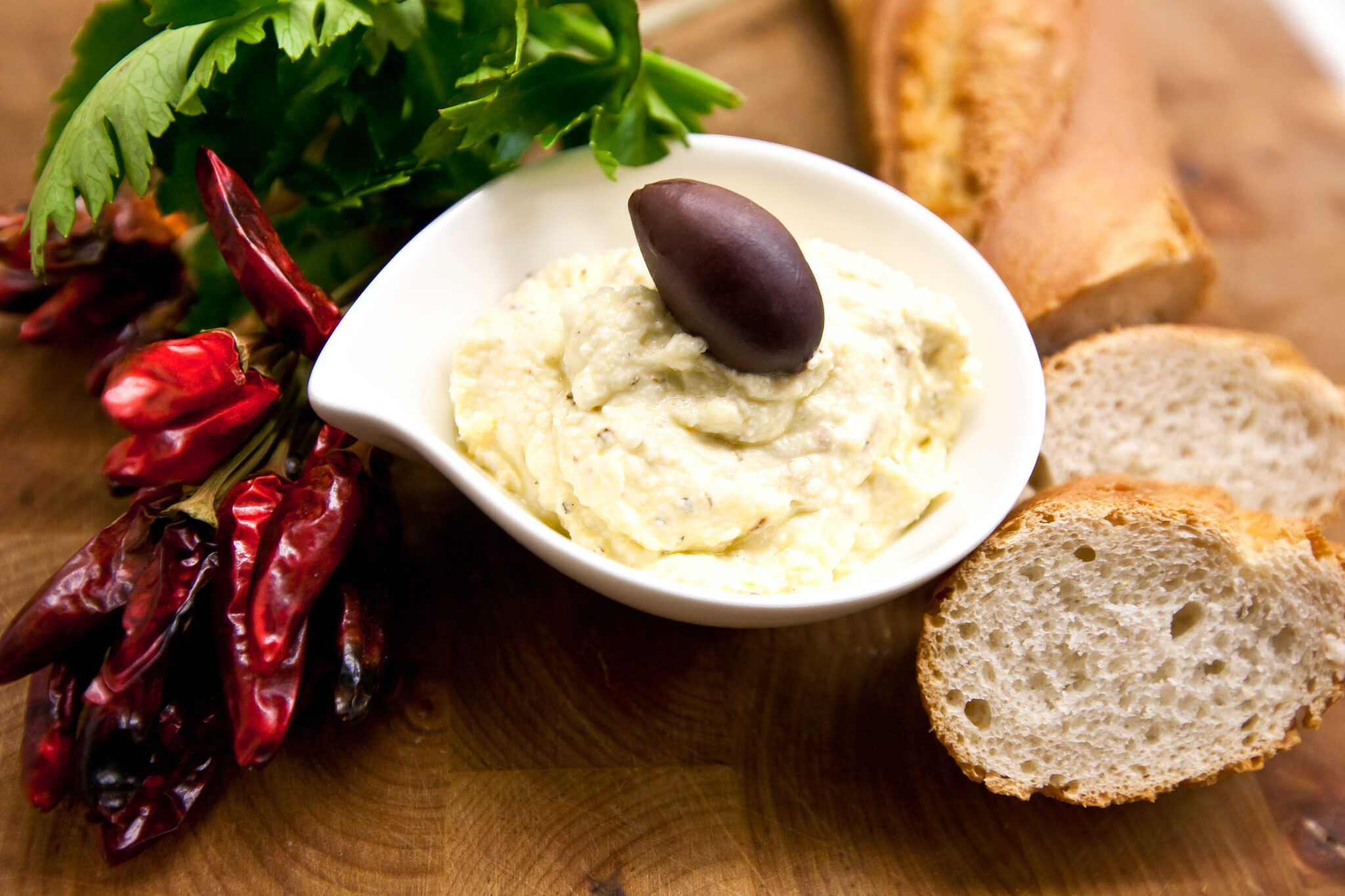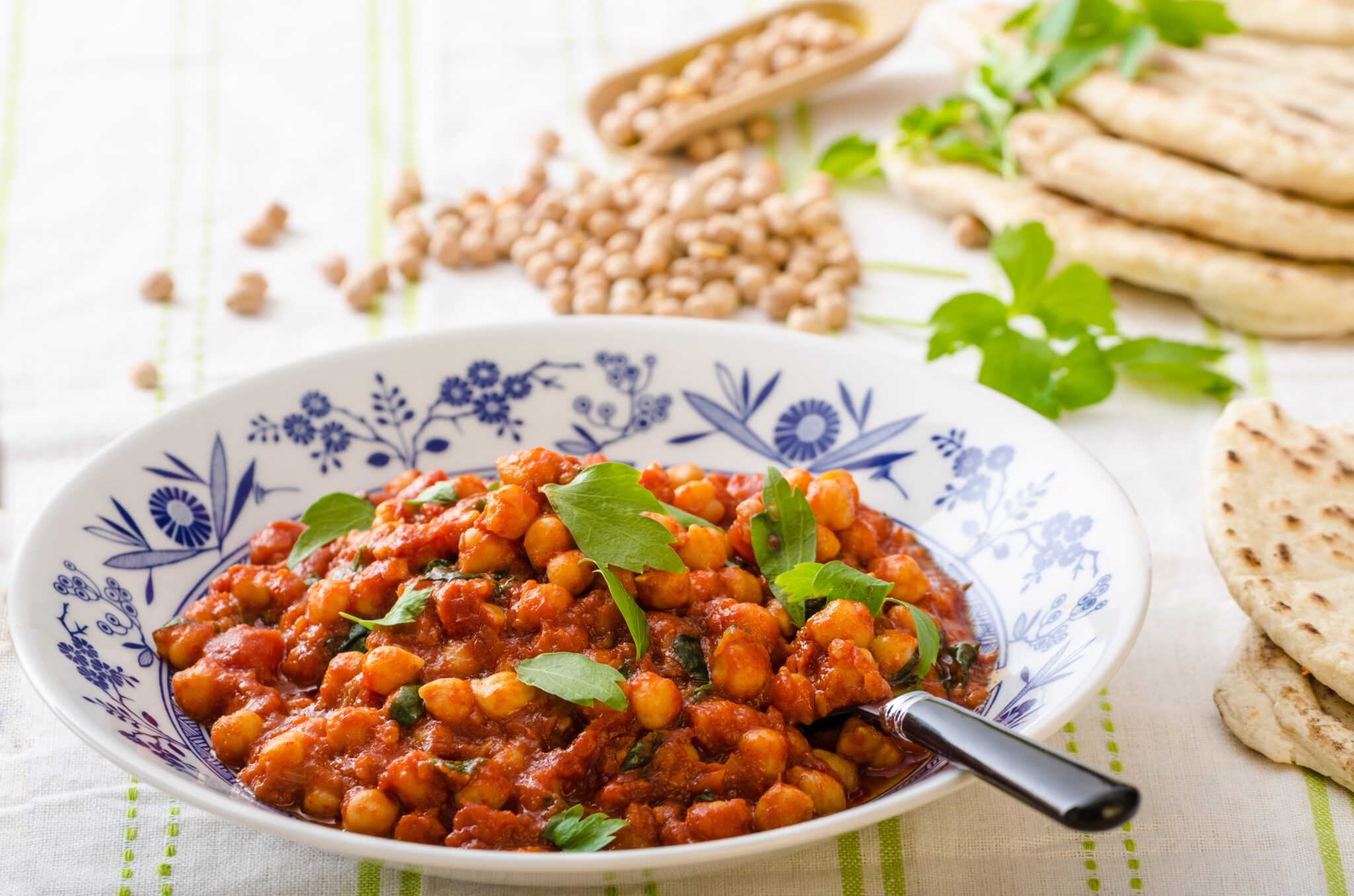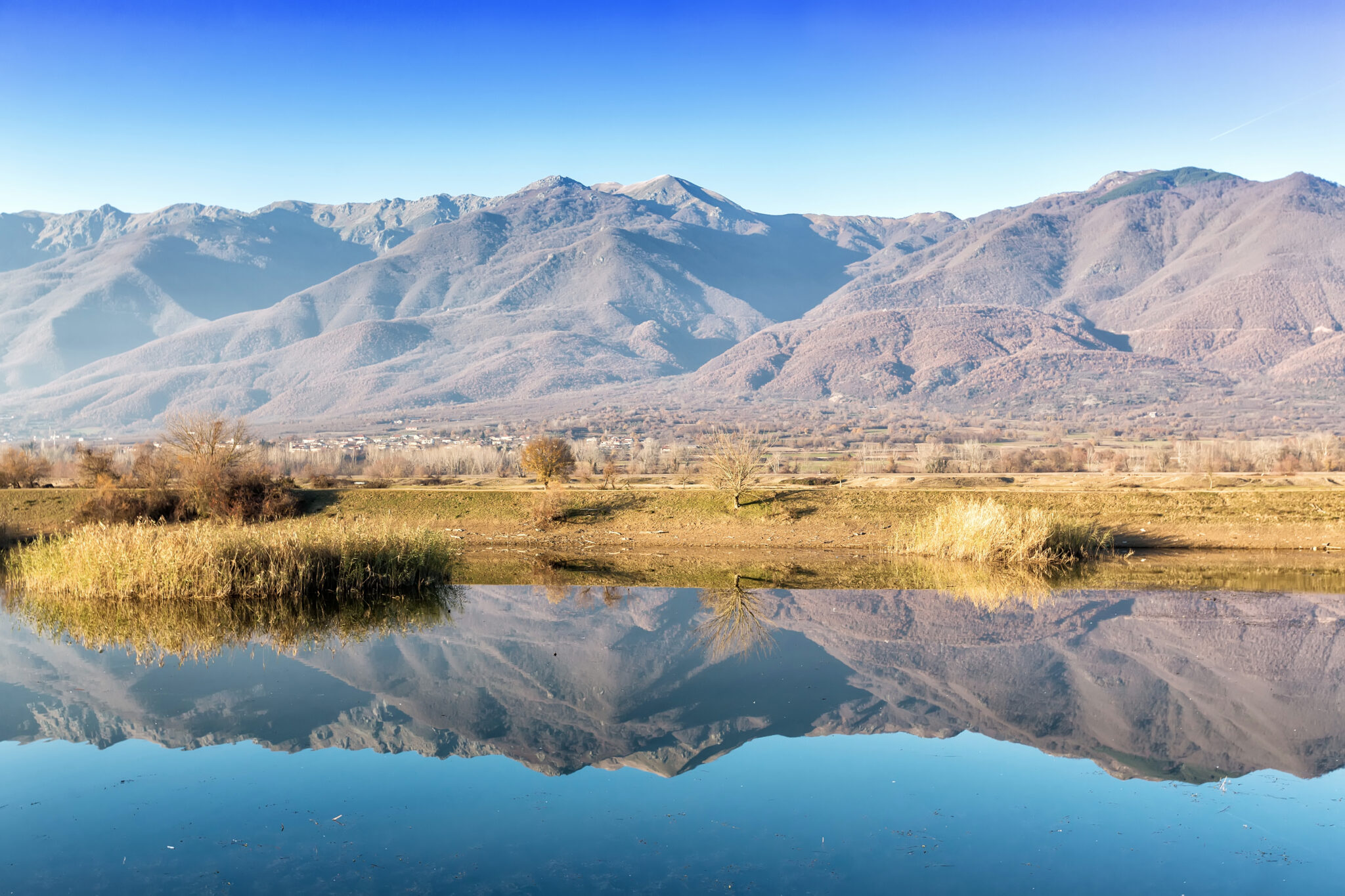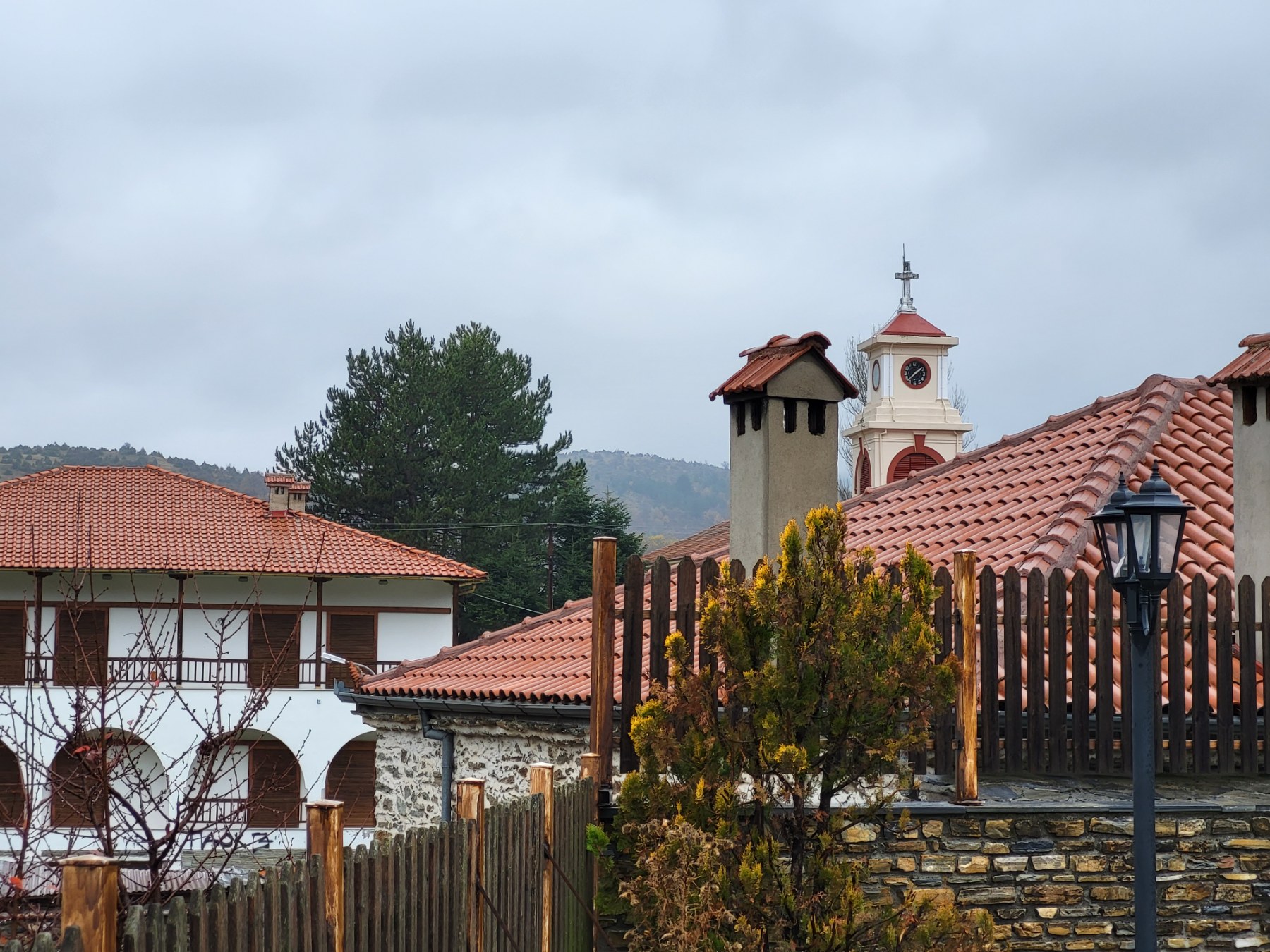The mineral wealth of Serifos and the mines that operated there until the 1960s distanced the mountainous and arid island’s inhabitants from their involvement in the primary sector, with the result that Serifos has little agricultural production.
Vineyards, olives and vegetables are cultivated on terraces and livestock farming is also limited (mainly sheep and goats), while the island has only in recent years acquired an organised livestock unit that also produces cheese.
Characteristic Foods
Pig rearing is carried out on a domestic level and almost every home and a few tavernas make their own traditional sausages. Louza, Serifos’ most important meat product, is made from tenderloin flavoured with cumin (a favourite spice in the local cuisine), allspice, garlic cloves and pepper, which are added to pork intestine, washed with wine and cured by being hung in the air. Pork is also used to make sausages, “pedoulia” (salt-cured pork), all commonly seasoned with cumin and garlic and lard. Some of these sausages are sold in a couple of grocery stores on the island.
The island’s exemplary cheese is “tiri tou lakkou” (pit cheese), which is graviera (gruyere) heads made from goat’s and sheep’s milk that was traditionally buried in a pit every spring. They were then covered with cement and dug up in the autumn. The taste of this very special cheese is very peppery and spicy. Today, this cheese is matured in cellars. The island’s ‘everyday’ cheese is the “Serifino”, a type of four-month-matured, air-dried graviera. Other characteristic cheeses include the “laina” (clay pitcher), the local “kopanisti” and the “xynomyzithra”, which is produced in the summer, as in all the Cyclades.
The island’s most famous traditional dish is the creamy “revithada” chickpea stew, cooked overnight in the “skeptaria” (clay pot) and flavoured with rosemary, pedoulia with cabbage, “chondros”, a pilaf with plenty of onions, the “kaparokouba” stew, “fava padremeni” pureed fava beans with olive oil and raw onion, pork in a pot with orange, fennel pies, battered and fried sun-dried tomatoes and pancakes with fennel and onions. A traditional Christmas dish is the “Fai tis Panagias” (‘the Virgin Mary’s food’), which is a rice pilaf with chicken, wheat and lard.
The island’s traditional pasta is called “matsi” and is a kind of wide, long noodle. In Serifos they used to make many types of bread and baked goods, which are still found at a very old bakery on the island, such as sourdough breads, mastic-flavoured brioche, cookies with aniseed and red wine and at Easter, “Lazarakia”, which are human-shaped cookies.
Wine in Serifos
Serifos had a strong viticulture until 1960 when the mines, the island’s main economic resource, closed down and locals left in search of greener pastures, abandoning their crops. The local white aromatic white variety ‘Serifiotiko‘ is vinified together with other Greek varieties by one of the island’s wineries (which uses organic cultivation), but as a rule winemaking is carried out only on a domestic level. The island also produces ‘souma’, a distillate from the grape must, which is often flavoured with the island’s native saffron.
Read also:
Serifos: A Treasure of Leisurely Adventure in the Cyclades
Serifos Island Escapes: Authentic Cyclades Adventures
Serifos: A Sojourn Through Rugged Beauty and Whispered Tales




